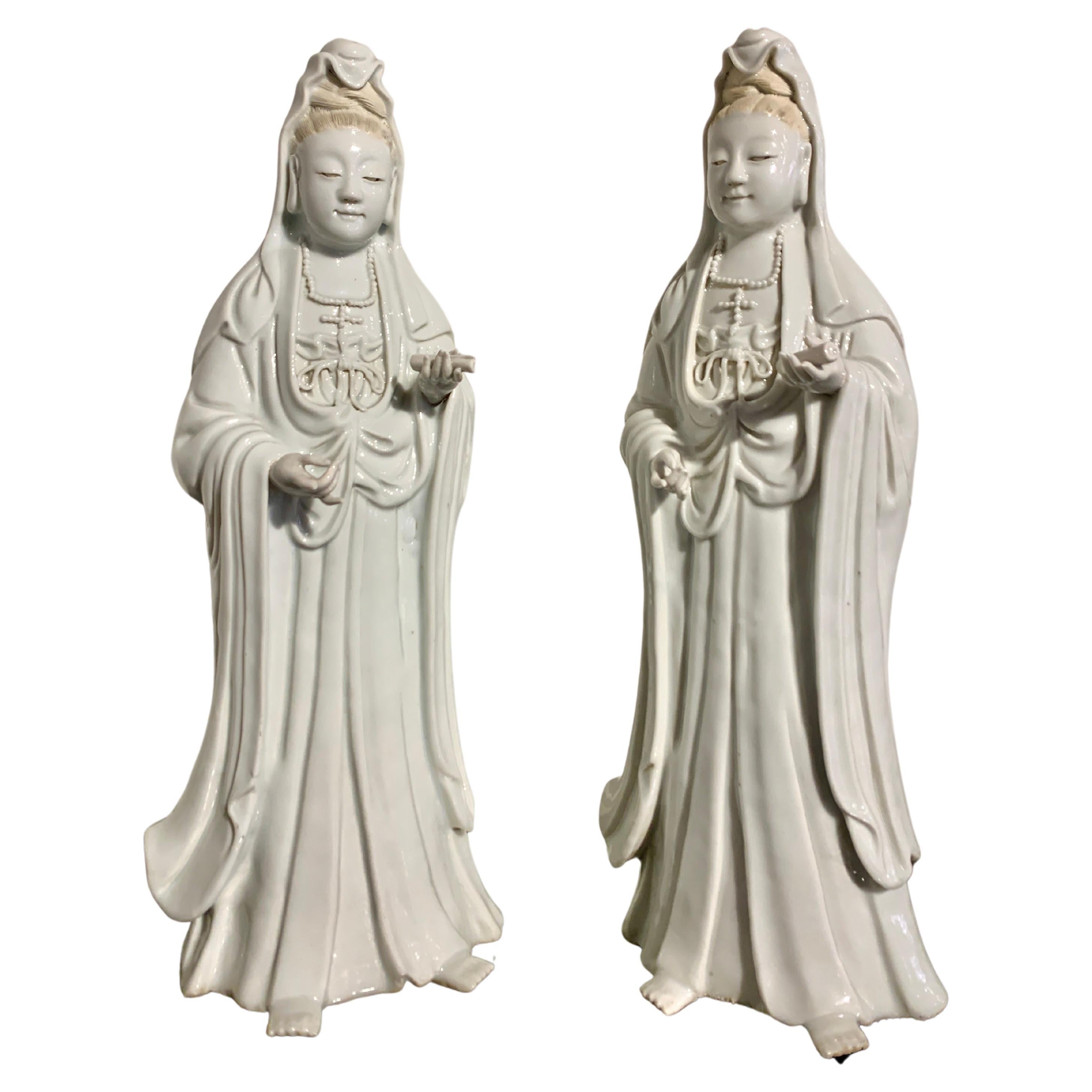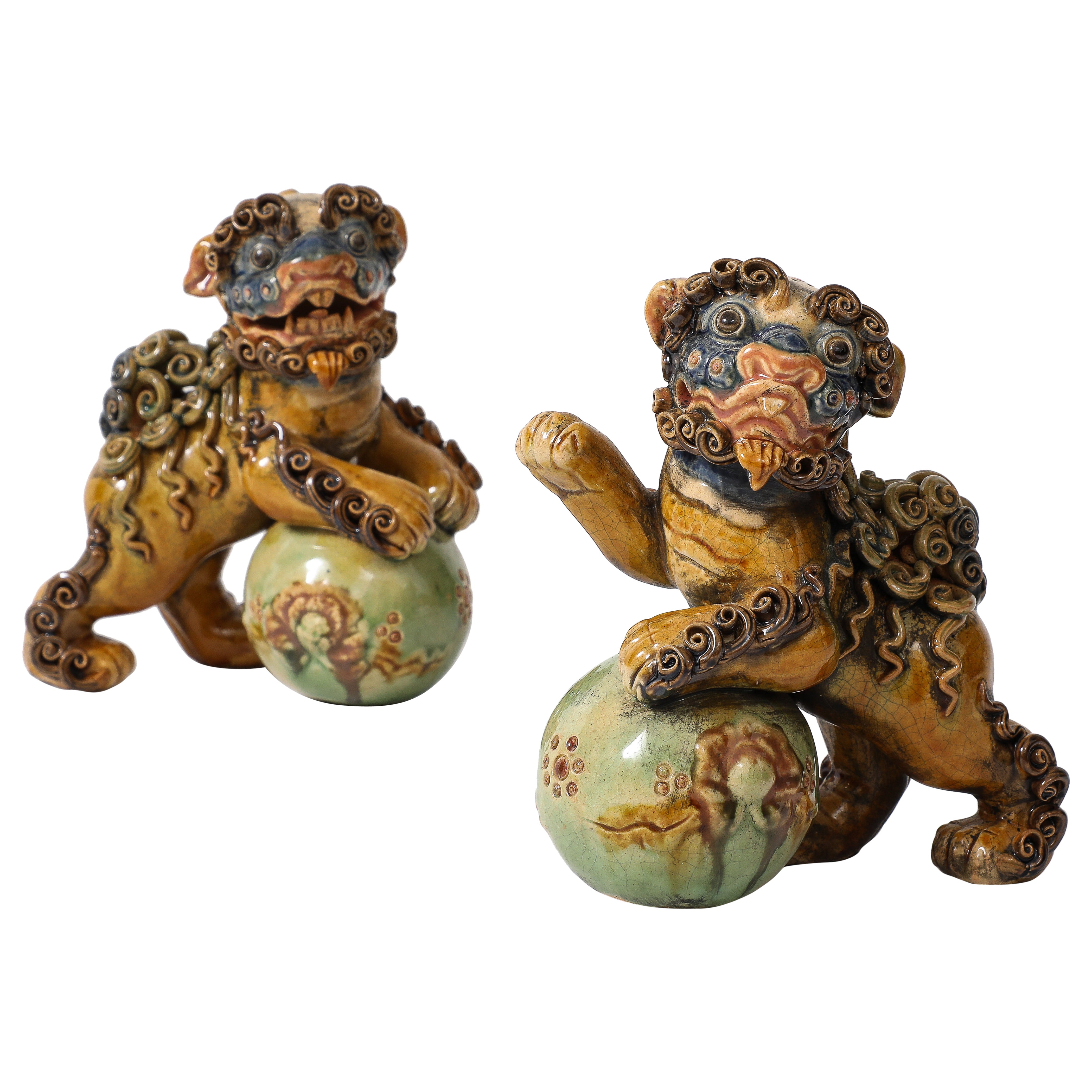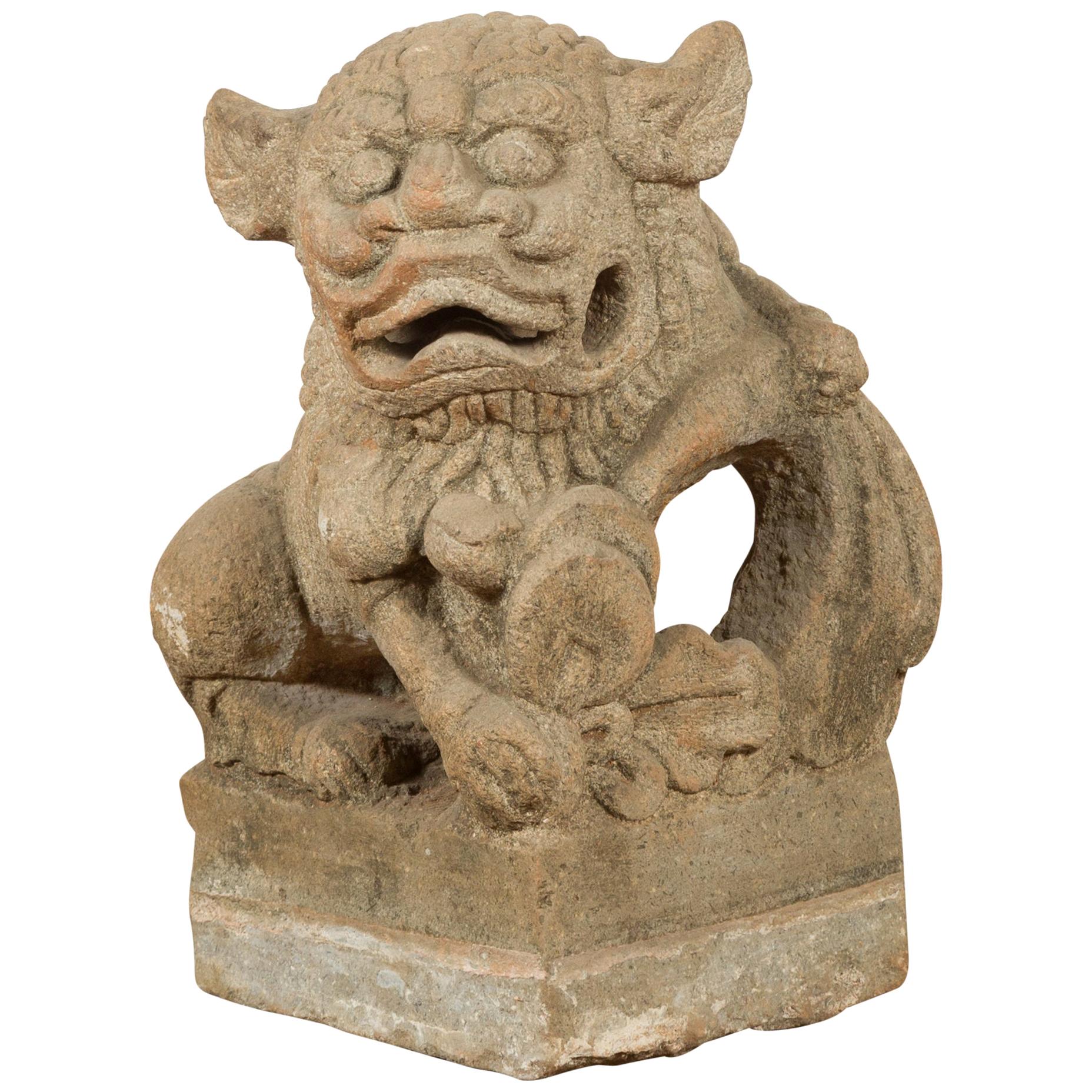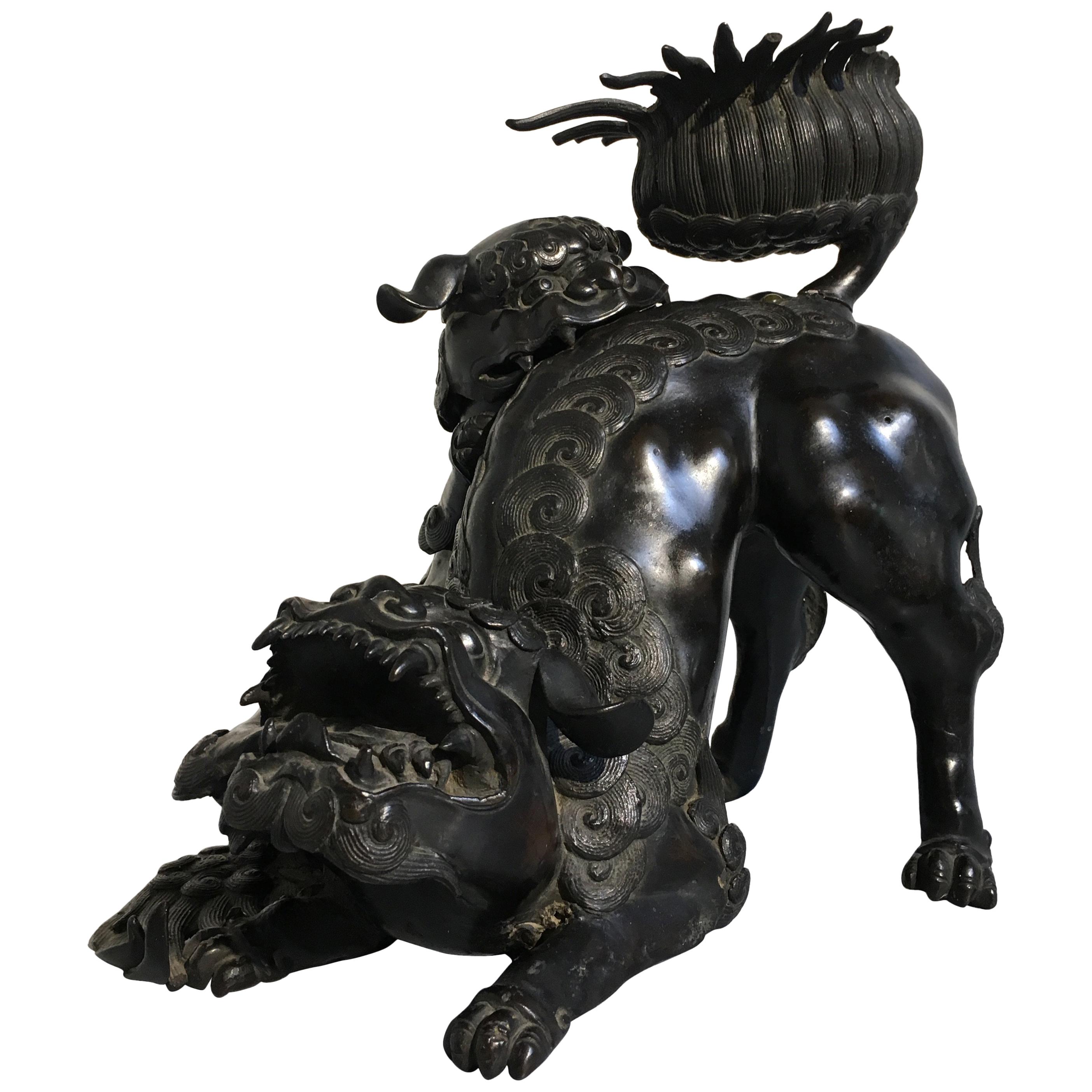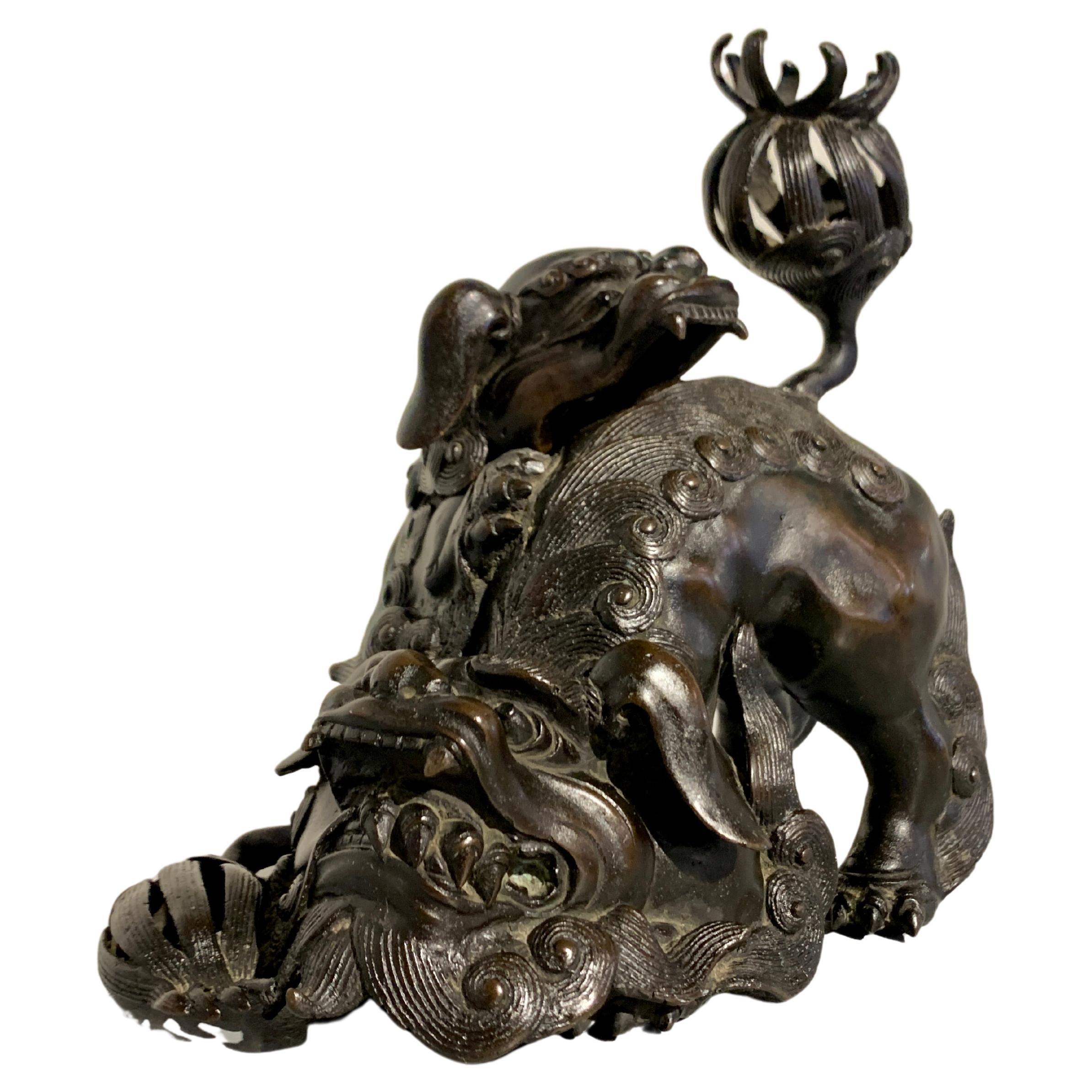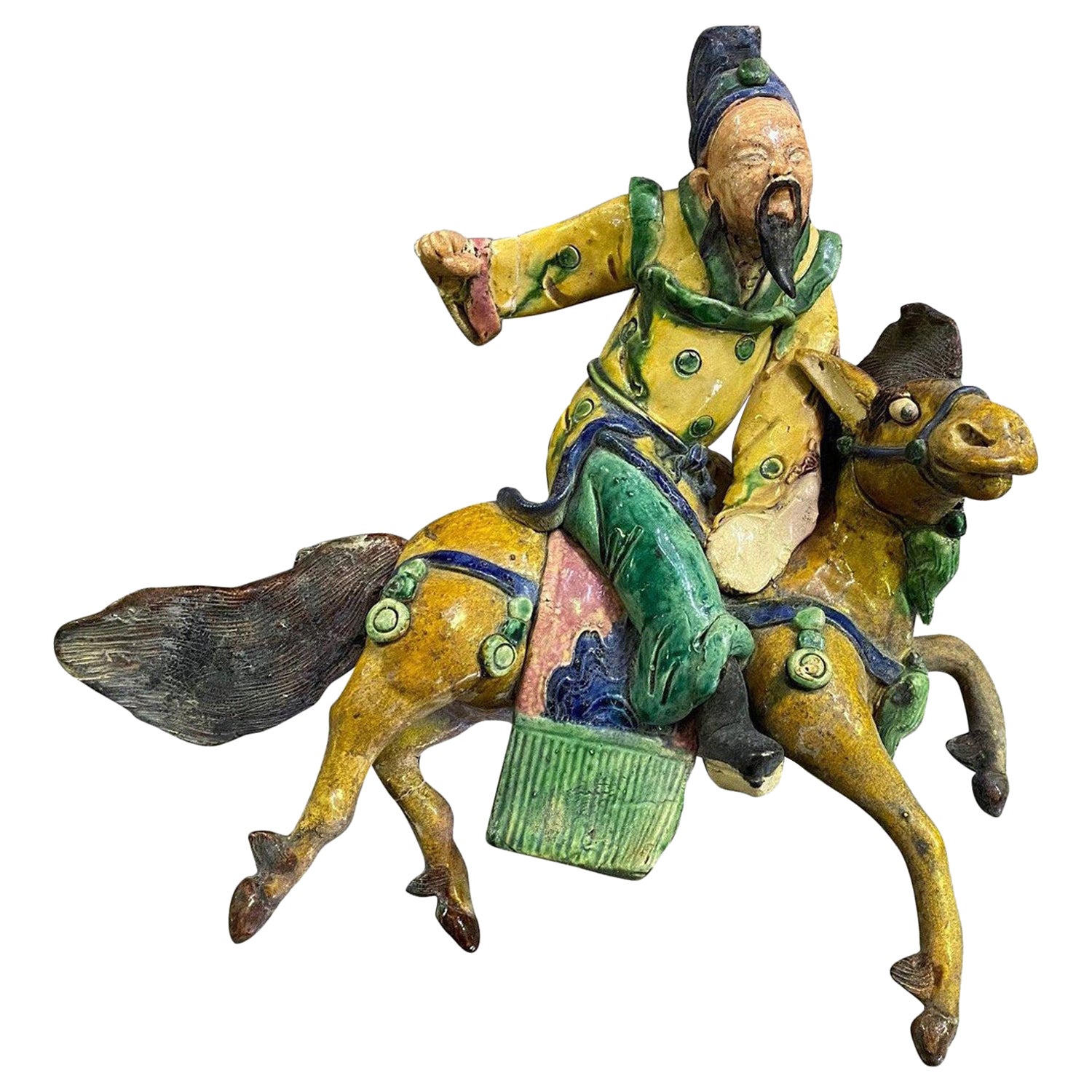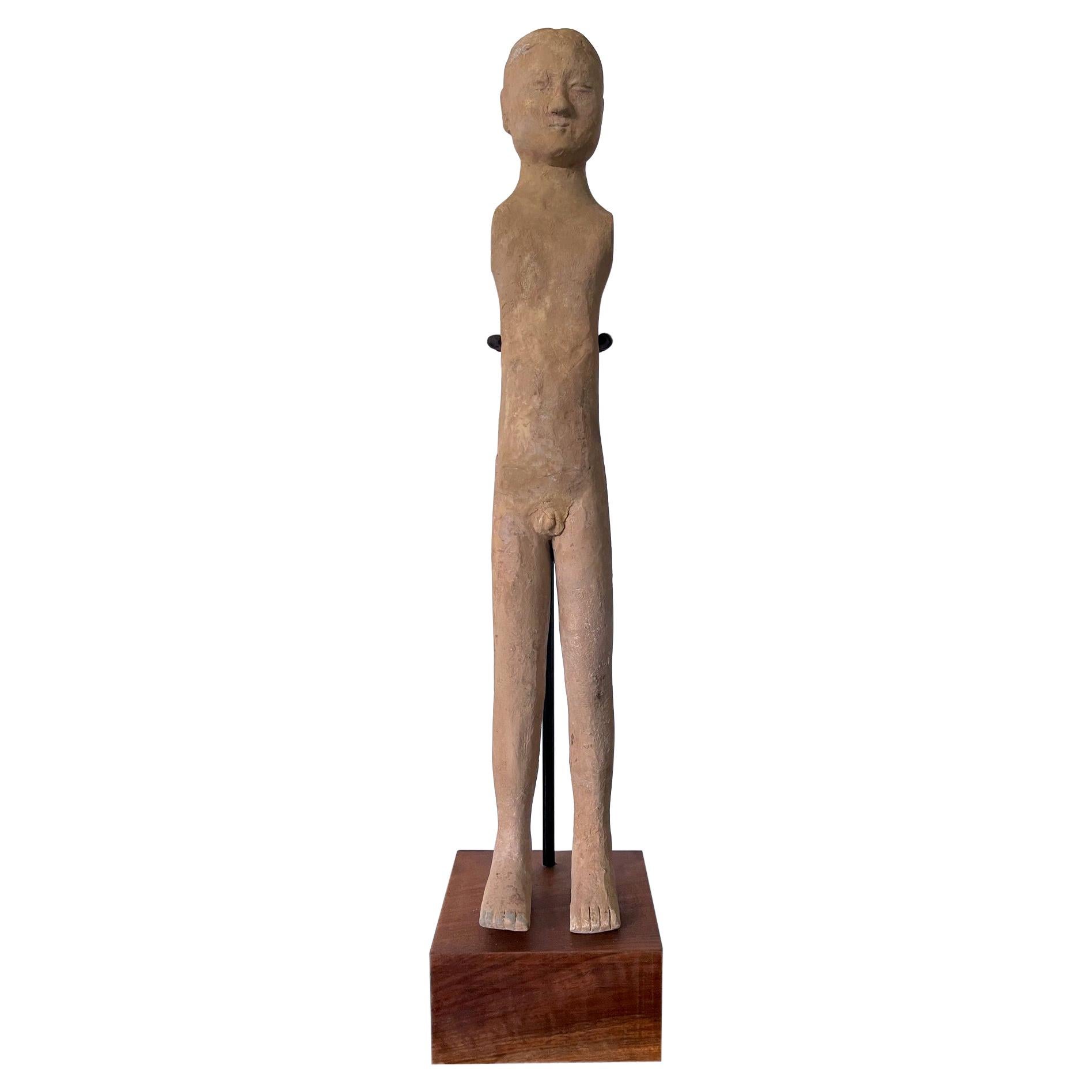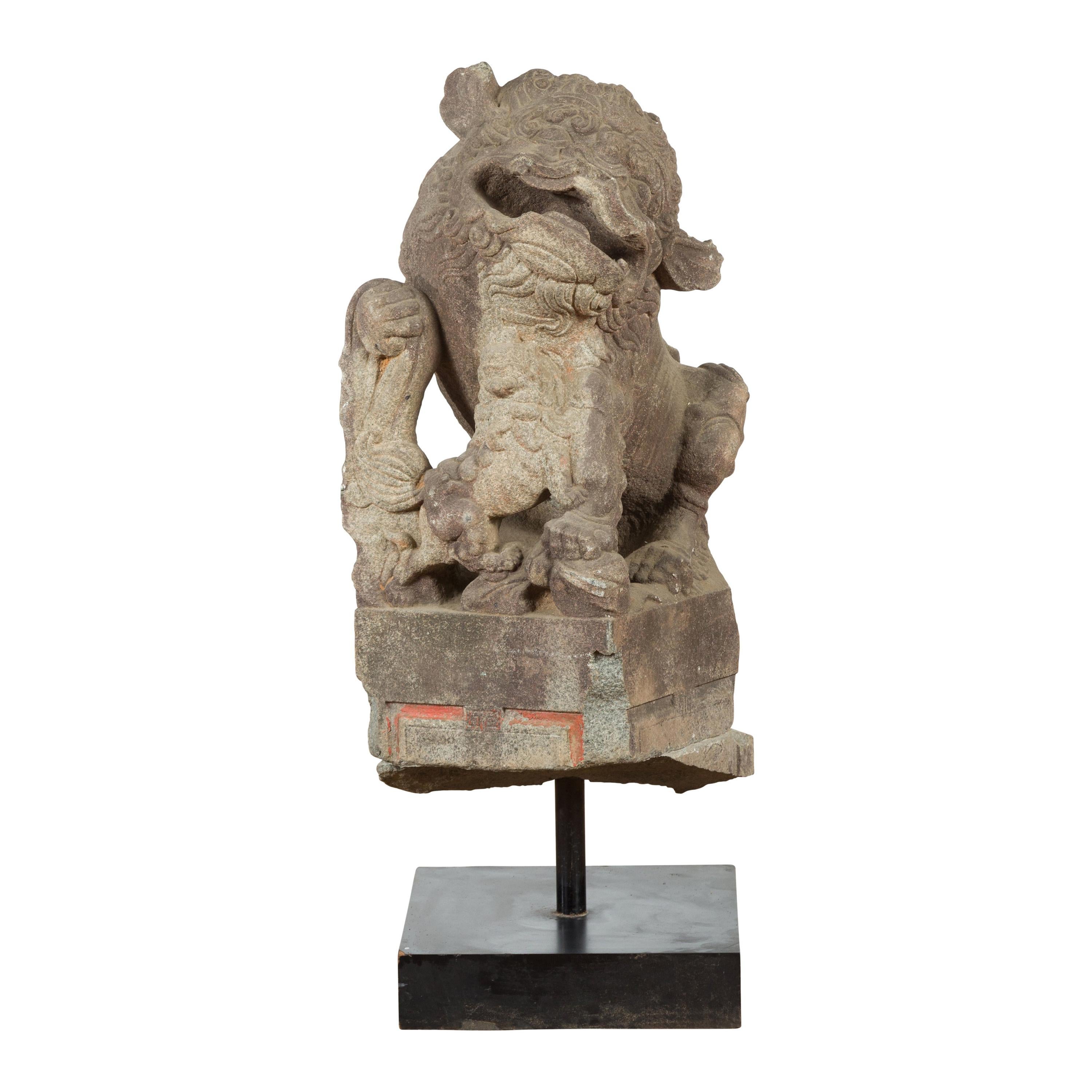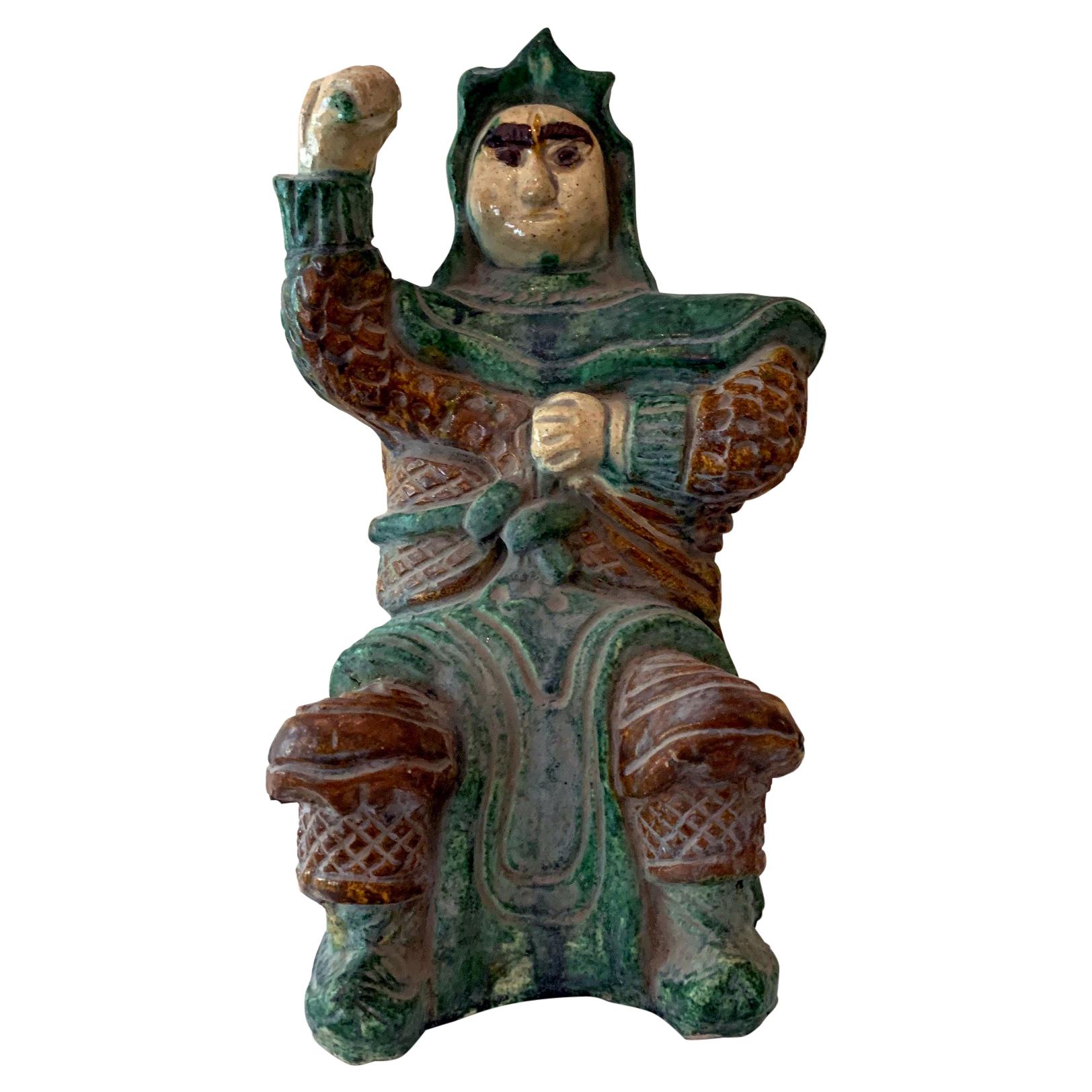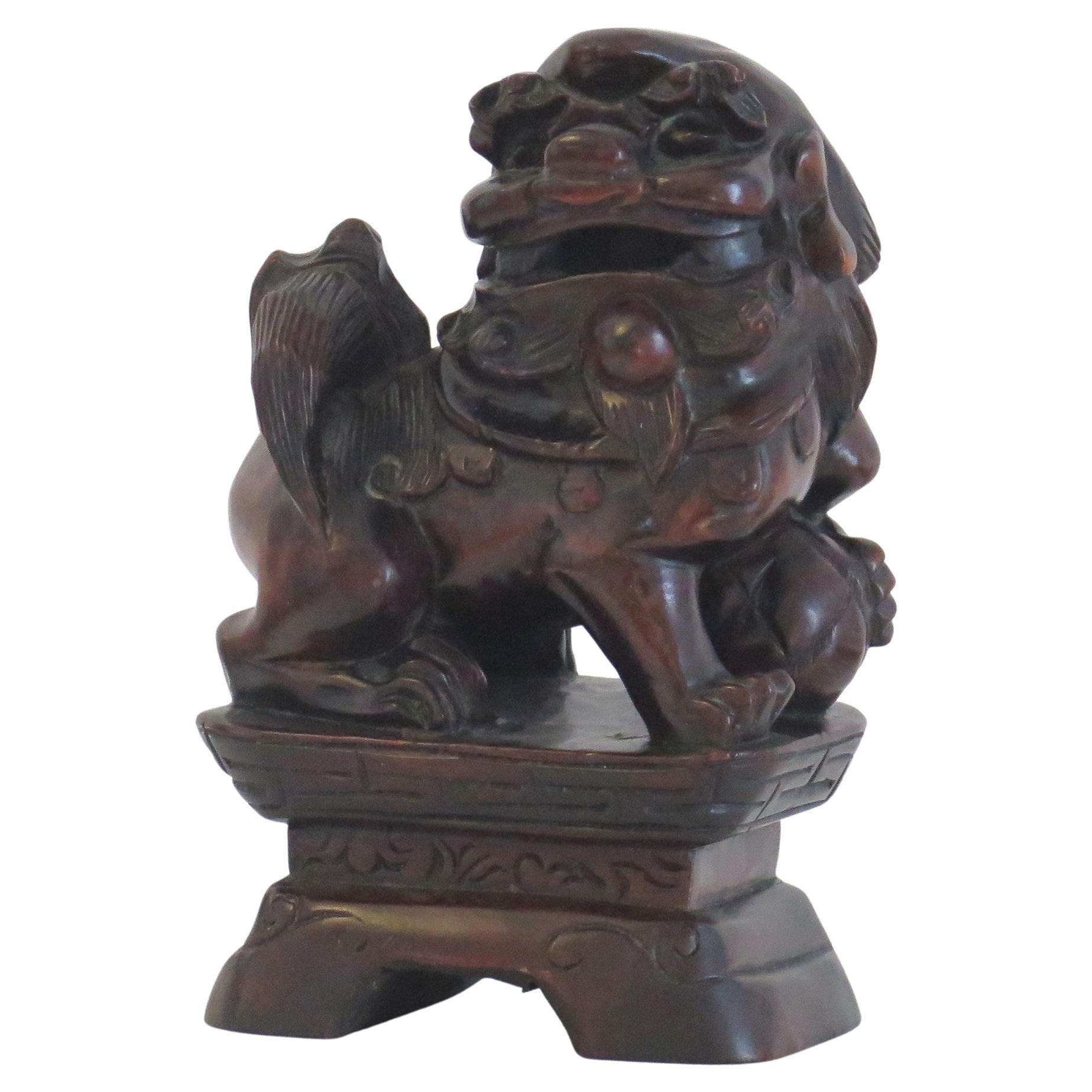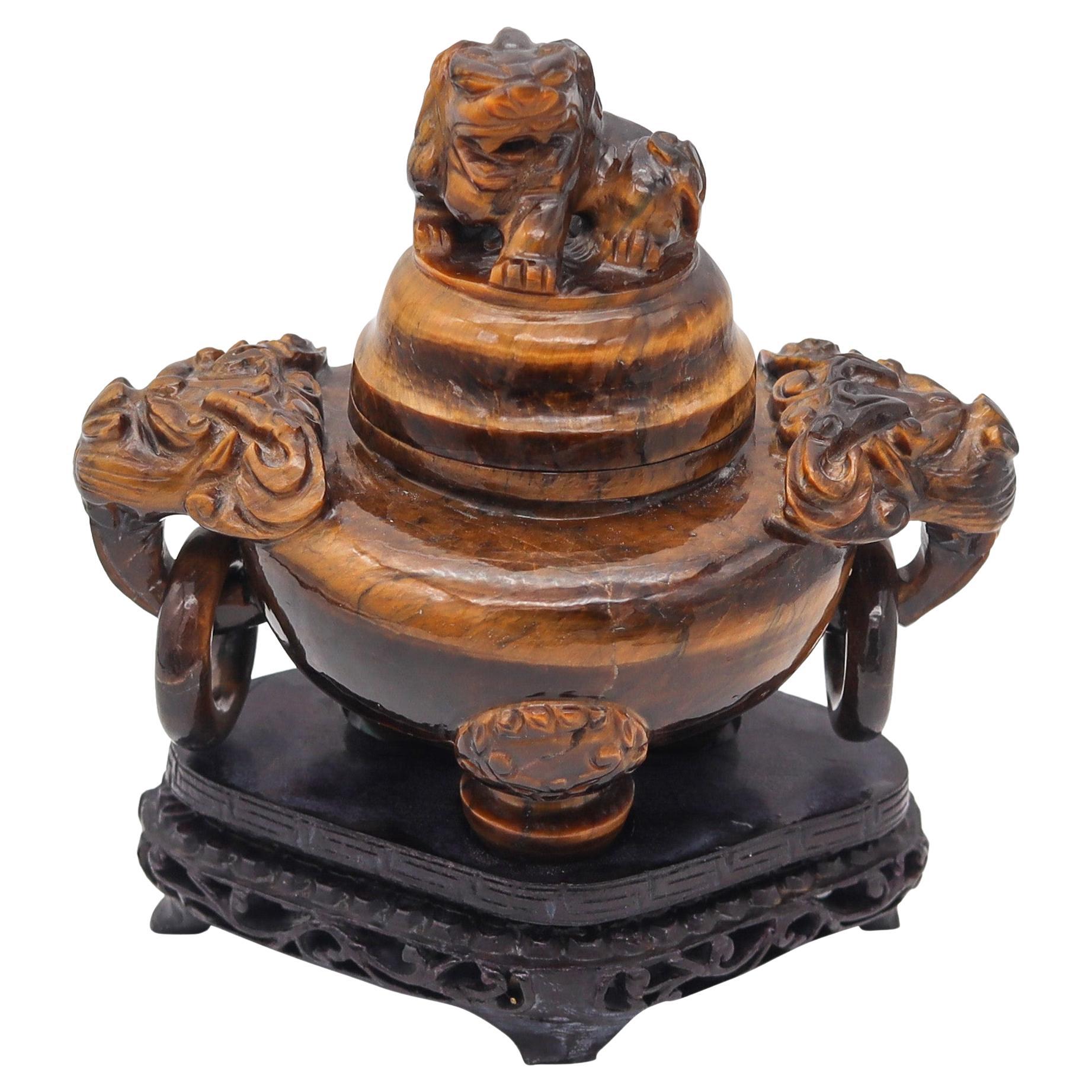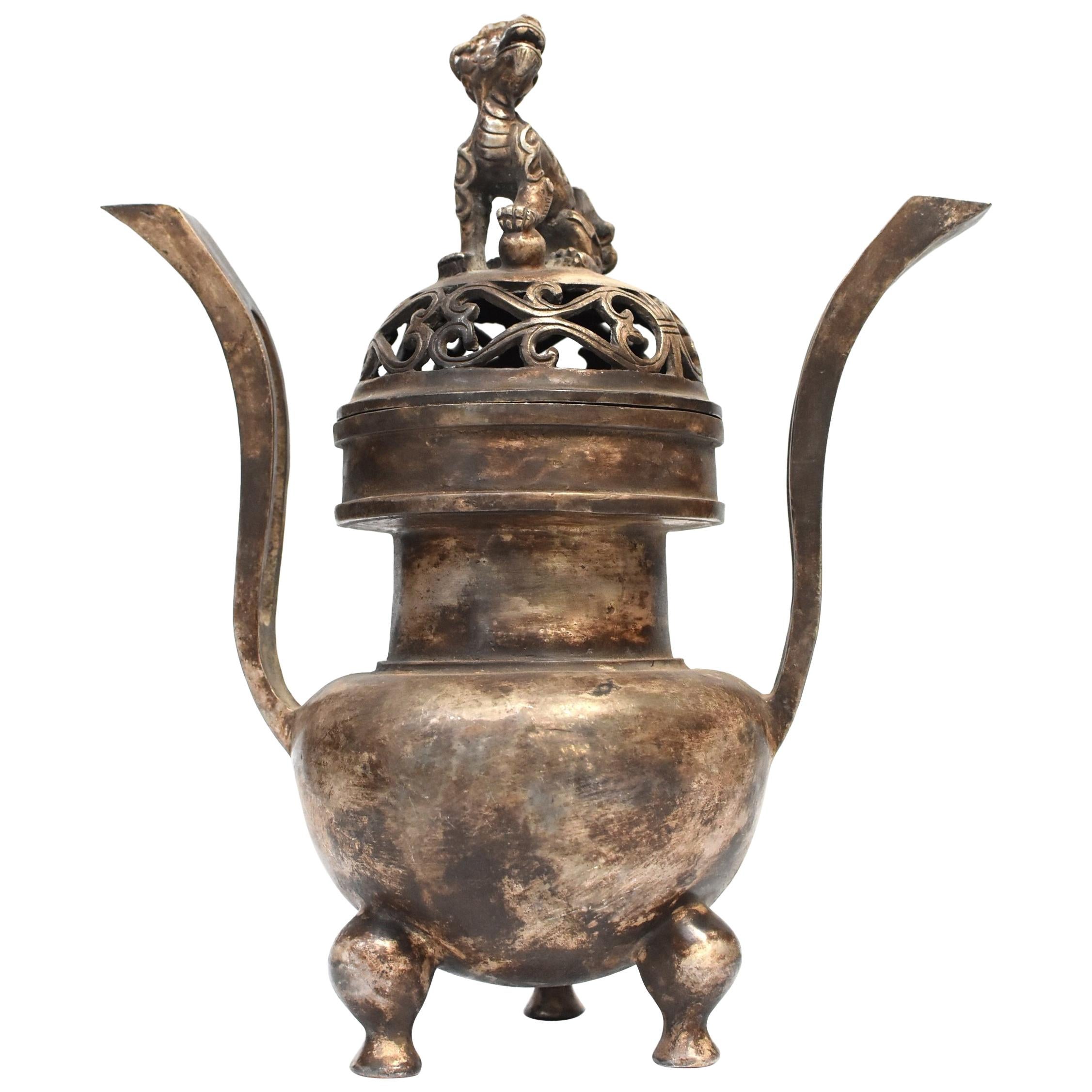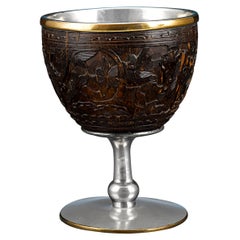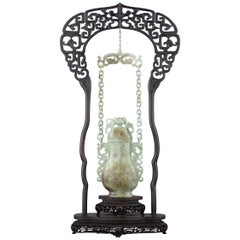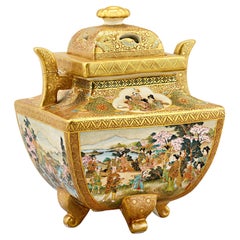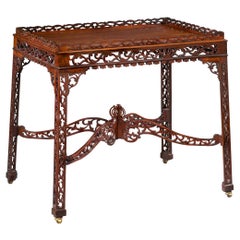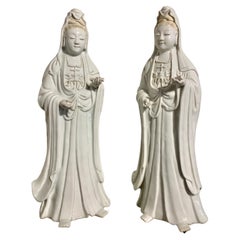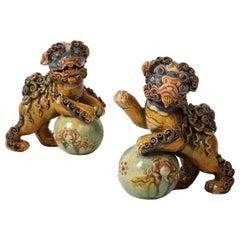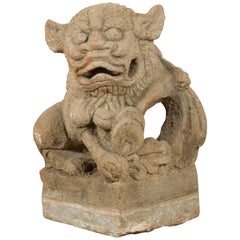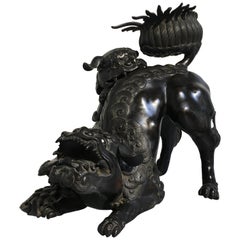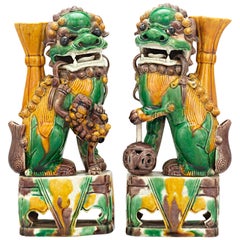
Qing Dynasty Chinese Foo Dog Totems
View Similar Items
Want more images or videos?
Request additional images or videos from the seller
1 of 5
Qing Dynasty Chinese Foo Dog Totems
$12,850List Priceper set
About the Item
- Dimensions:Height: 8 in (20.32 cm)Width: 3.75 in (9.53 cm)Depth: 2.5 in (6.35 cm)
- Sold As:Set of 2
- Style:Qing (Of the Period)
- Materials and Techniques:
- Place of Origin:
- Period:
- Date of Manufacture:circa 1900
- Condition:
- Seller Location:New Orleans, LA
- Reference Number:Seller: 29-86371stDibs: LU891112036433
About the Seller
5.0
Recognized Seller
These prestigious sellers are industry leaders and represent the highest echelon for item quality and design.
Established in 1912
1stDibs seller since 2010
110 sales on 1stDibs
Typical response time: 4 hours
Authenticity Guarantee
In the unlikely event there’s an issue with an item’s authenticity, contact us within 1 year for a full refund. DetailsMoney-Back Guarantee
If your item is not as described, is damaged in transit, or does not arrive, contact us within 7 days for a full refund. Details24-Hour Cancellation
You have a 24-hour grace period in which to reconsider your purchase, with no questions asked.Vetted Professional Sellers
Our world-class sellers must adhere to strict standards for service and quality, maintaining the integrity of our listings.Price-Match Guarantee
If you find that a seller listed the same item for a lower price elsewhere, we’ll match it.Trusted Global Delivery
Our best-in-class carrier network provides specialized shipping options worldwide, including custom delivery.More From This Seller
View AllChinese Coconut Cup
Located in New Orleans, LA
Carved from the shell of a coconut, this enchanting Chinese cup exhibits exceptional artistry. An elegant floral design encircles the entire cup, while the interior is fully lined with silver. In addition to the poison detecting powers attributed to coconuts, the Chinese believed that silver would tarnish when in contact with poison. In fact, many wealthy Chinese used silver lined cups and chopsticks tipped with silver fittings as an assurance against poisoning. To find a silver-lined coconut cup...
Category
Antique Early 19th Century Chinese Other Sculptures and Carvings
Materials
Coconut
$3,950
Jade Hanging Vase
Located in New Orleans, LA
This rare Chinese hanging vase, carved of fine moss-in-snow jade, boasts a host of dragons, the most potent symbols of good fortune in China. Its intricat...
Category
20th Century Chinese Other Sculptures and Carvings
Materials
Jade
$18,500
Satsuma Incense Burner
Located in New Orleans, LA
This Japanese Satsuma incense burner is a decorative work of art from the Meiji period, distinguished by its exquisite craftsmanship and intrica...
Category
Antique 19th Century Japanese Meiji Ceramics
Materials
Earthenware
$3,450
Chinese Chippendale Tea Table
Located in New Orleans, LA
This exquisite English mahogany tea table is a stunning example of the elaborate Chinese Chippendale style. A study in symmetry and balance,...
Category
Antique 19th Century English Chinese Chippendale Card Tables and Tea Tables
Materials
Mahogany
Chinese Export Silver Mirror
Located in New Orleans, LA
This exquisite Chinese export silver mirror is a work of exotic beauty. Elegantly shaped and monumental in size, this looking glass is held within ...
Category
Early 20th Century Chinese Chinese Export Table Mirrors
Materials
Silver
$24,500
Chinese Cinnabar Lacquer Cuspidor
Located in New Orleans, LA
This intriguing Chinese zhadou is intricately carved of fine cinnabar lacquer. A work of exceptional artistry, this covered bowl is adorned with an intricately carved floral motif on all surfaces, including the cover and the wide rim. Also known as a cuspidor or spittoon, this rare container would have been used by members of the imperial family and scholar- officials at the court. Carved during the Kangxi period (1662-1722), this charming piece exhibits the high detail and charm associated with items from that period, making it a true treasure,
Early 18th century (Kangxi dynasty)
Measures: 6 ¼” wide x 3 ¼” high
Cinnabar has been revered for its color all over the world. It has been found in the royal burial chambers of the Mayas, in the rituals of India, and in the ruins of ancient Greece and Rome. In China, cinnabar and gold were the two most important elements in alchemy. Mined since the Neolithic Age, cinnabar is the ore of mercury, and as such, it can be incredibly toxic, especially when mining. In fact, during the Roman Empire, miners at Spain’s Almadén mine in Spain were frequently exposed to mercury fumes, and the subsequent, often fatal, sickness was considered an occupational hazard.
The most popular known use of cinnabar is in Chinese carved lacquer-ware, a technique that is believed to have originated in the Song Dynasty, in which cinnabar is ground to a powder and added to clear lacquer. As with mining, there was inherent danger of mercury poisoning for those who carved the lacquer, as mercury was also released into the air when artisans ground the pigments. Most antique cinnabar...
Category
Antique 18th Century Chinese Other Lacquer
Materials
Lacquer
You May Also Like
Pair Chinese White Glazed Guanyin, Qing Dynasty, 18th Century, China
Located in Austin, TX
A sublime and rare pair of Chinese white glazed porcelain figures of Guanyin, attributed to Tang Ying (1682 - 1756), Qing Dynasty, Qianlong Period, China.
This ethereal pair of white glazed porcelain figures depict the revered Buddhist Goddess of Mercy, Guanyin. Guanyin is portrayed standing, wearing heavy robes that drape beautifully around her figure. Bare feet peek out from under the hem of the robes. Her hair piled in a high chignon and covered by a cowl. The treatment of the hair, finely textured, unglazed, and with remnants of darker pigment, is typical of works by Tang Yin (1682 - 1756), who was the head of the imperial porcelain works at Jingdezhen.
Guanyin's beatific face is set in a serene smile, with a small, flat nose, and downcast, heavily lidded, almond shaped eyes. A simple beaded necklace graces her chest. Her hands held out, and may have once held attributes.
The hands were originally removable, but have since been permanently attached.
The figures crafted of a fine porcelain and glazed all over in a supple white glaze.
One figure bears a label from the Rafi Mottahedeh collection to the back.
Provenance:
Chinese Porcelain Company...
Category
Antique 18th Century Chinese Qing Ceramics
Materials
Porcelain
Pair of Qing Dynasty Foo Dog Lions, China circa 1950
Located in New York, NY
Pair of charming polychrome ceramic Foo Dog / Lions in the Qing Style. Fantastic detail and a beautiful color combination of ochre, green, brown and blue. Foo dogs are symbolic, pro...
Category
20th Century Chinese Qing Ceramics
Materials
Ceramic
Chinese Qing Dynasty 19th Century Carved Stone Foo Dog Guardian Lion Sculpture
Located in Yonkers, NY
A Chinese Qing Dynasty period carved stone foo dog guardian lion from the 19th century, on square base. Created in China during the Qing Dynasty, this st...
Category
Antique 19th Century Chinese Qing Statues
Materials
Stone
Large Late Qing Dynasty Chinese Cast Bronze Buddhistic Foo Lion Censer
Located in Austin, TX
A large and powerfully cast Chinese bronze censer in the form of two Buddhistic lions, Qing dynasty, late 19th century. The censer is well cast with a strong sense of movement, featuring a pair of fierce Buddhistic lions playfully antagonizing each other. Locked in a mock battle, the smaller lion...
Category
Antique Late 19th Century Chinese Qing Sculptures and Carvings
Materials
Bronze
Chinese Bronze Fighting Foo Lions Censer, Qing Dynasty, Late 19th Century, China
Located in Austin, TX
A fantastic Chinese cast bronze censer in the form of two Buddhistic lions play fighting, late Qing Dynasty, late 19th century, China.
The censer formed as a pair of Buddhistic li...
Category
Antique Early 1900s Chinese Qing Sculptures and Carvings
Materials
Bronze
Chinese Qing Dynasty 19th Century Hand-Carved Foo Dog Sculpture Mounted on Base
Located in Yonkers, NY
A Chinese Qing Dynasty period carved stone foo dog sculpture from the 19th century, mounted on black custom made base. Created in China during the...
Category
Antique 19th Century Chinese Sculptures and Carvings
Materials
Stone
